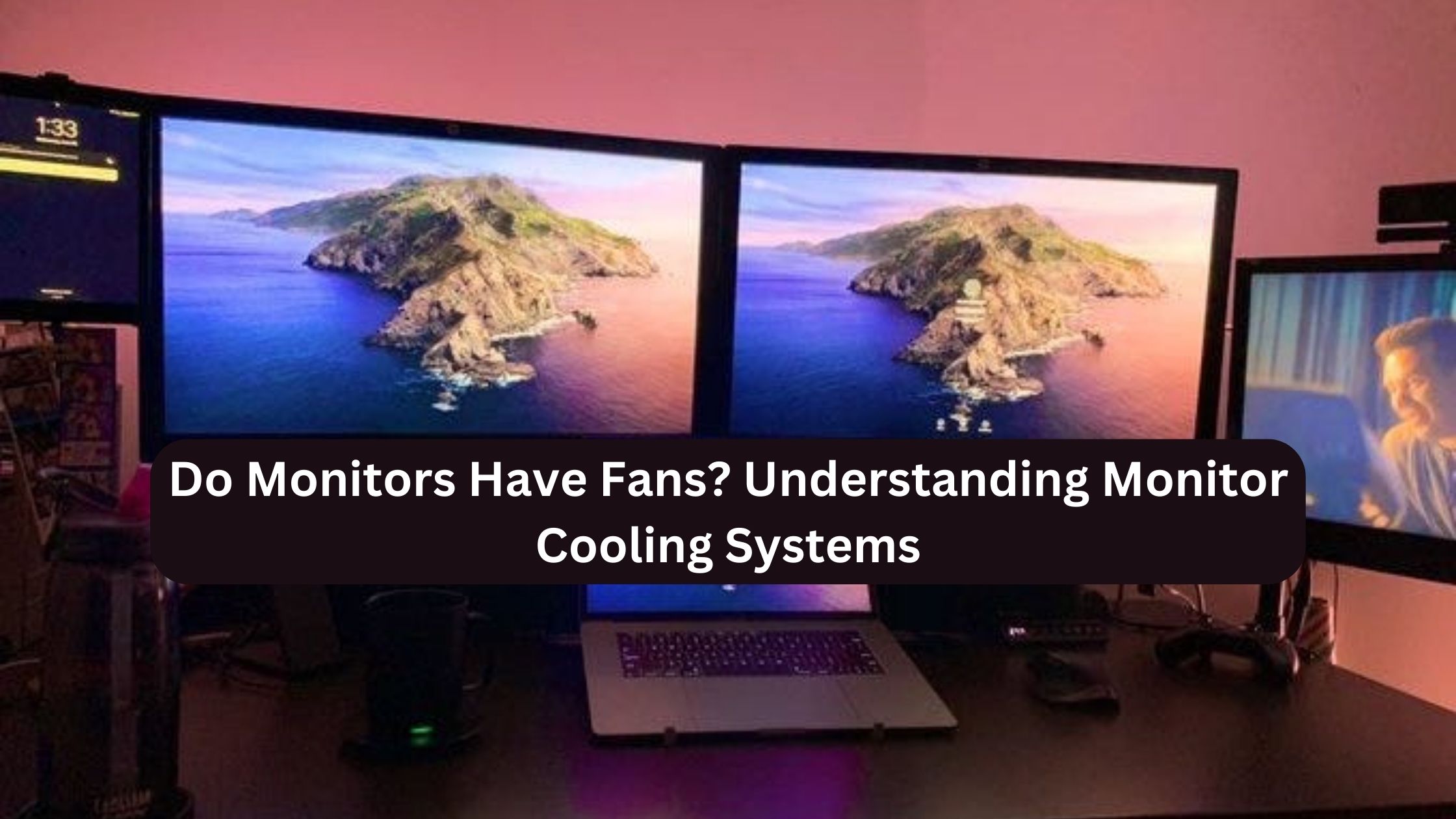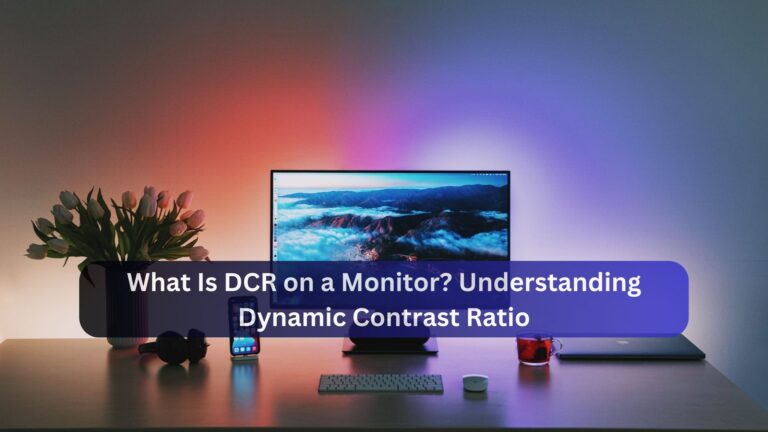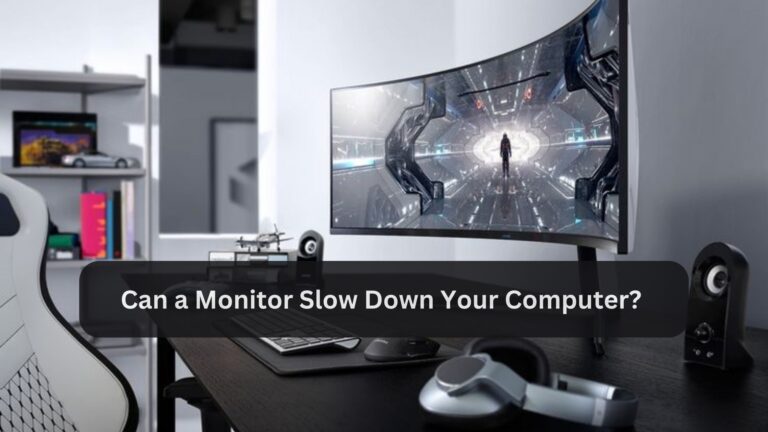Do Monitors Have Fans? Understanding Monitor Cooling Systems
When it comes to electronic devices, cooling is essential for maintaining performance and preventing overheating. This leads to a common question among users: “Do monitors have fans?” Monitors, like other hardware components, generate heat during use, but the way they manage that heat is different from devices like computers or gaming consoles.
In this article, we’ll explore whether monitors have fans, how they dissipate heat, and whether cooling systems are necessary for everyday use.
Do Monitors Have Fans?
Most monitors do not have fans. Instead, they use passive cooling techniques, such as ventilation holes, heat sinks, and air circulation to dissipate the heat generated by the display.
Since monitors generally do not produce as much heat as other electronic devices, fans are unnecessary for the vast majority of them.
How Do Monitors Cool Themselves?
Monitors typically don’t need fans because the heat they generate is relatively minimal, especially with modern LCD and LED displays. Instead of fans, monitors use a combination of passive cooling methods:
1. Ventilation Holes
Monitors usually have small vents or perforated areas on the back or sides of the device. These ventilation holes allow heat to escape and help cool the internal components naturally by air circulation.
2. Heat Sinks
Some monitors may incorporate heat sinks, which are metal structures designed to absorb and dissipate heat. The heat sink pulls heat away from internal components and releases it into the surrounding air.
3. Natural Airflow
Monitors are often placed in open spaces on desks, allowing natural air circulation to cool them. Since they don’t have as many heat-generating components as a PC, natural airflow is sufficient to maintain a stable operating temperature.
4. Low Heat Output
Modern LCD and LED monitors are more energy-efficient and produce less heat compared to older CRT monitors. As a result, the need for active cooling (fans) is almost nonexistent.
When Would a Monitor Need a Fan?
While the majority of monitors do not have or require fans, there are rare exceptions. In certain specific scenarios, a fan could be integrated or needed to cool the monitor:
1. High-End Professional Monitors
Some high-performance monitors designed for professional use, such as 4K or 8K displays used in video production, can produce more heat. These monitors may include additional cooling mechanisms, such as small internal fans, to maintain optimal performance during long hours of use.
2. Gaming Monitors
Advanced gaming monitors with high refresh rates (such as 144Hz or 240Hz) or features like G-Sync or FreeSync might produce more heat than standard monitors. While most of these monitors still rely on passive cooling, there are a few high-end models that include fans for active cooling.
3. Commercial Displays
Large commercial or industrial displays, such as digital signage screens or monitors used for advertising in public spaces, may have built-in fans. These monitors run for extended periods and may require additional cooling to prevent overheating, especially in outdoor or high-heat environments.
Can Monitors Overheat?
While most monitors are designed to handle heat well, overheating can occasionally occur, particularly if the monitor is used for extended periods without proper airflow.
Causes of Overheating in Monitors:
- Blocked ventilation: If the monitor’s vents are obstructed, it may struggle to dissipate heat.
- High ambient temperature: Monitors used in hot environments or under direct sunlight may experience overheating.
- Heavy usage: Intense gaming or using the monitor for graphic-intensive tasks may increase the heat output.
Signs of Overheating:
- Screen flickering or sudden blackouts.
- The monitor feels unusually hot to the touch.
- Decreased performance or visible artifacts on the screen.
If you notice these signs, ensure that your monitor is properly ventilated and placed in a cool environment. In extreme cases, overheating could lead to hardware failure.
How to Prevent Monitor Overheating
Even though monitors don’t have fans, you can still take steps to prevent them from overheating:
- Ensure Proper Ventilation: Keep the ventilation holes on the back and sides of your monitor unobstructed. Place your monitor in an open area with plenty of airflow.
- Keep Your Monitor Clean: Dust can accumulate inside the vents, reducing airflow. Regularly clean your monitor’s vents with compressed air to ensure proper ventilation.
- Avoid Direct Sunlight: Keep your monitor away from direct sunlight or other heat sources, as these can increase the monitor’s operating temperature.
- Lower Brightness Settings: Reducing the brightness can also lower the heat output of your monitor, especially during extended use.
- Turn Off the Monitor When Not in Use: Give your monitor a break by turning it off or using sleep mode when you’re not using it. This prevents prolonged exposure to heat.
FAQs About Monitors and Fans
1. Do gaming monitors have fans?
Most gaming monitors do not have fans, as they rely on passive cooling through ventilation and natural airflow. However, some high-end models or displays designed for intense gaming may include internal fans for extra cooling.
2. Can a monitor overheat without a fan?
Monitors are designed with passive cooling systems and typically do not overheat. However, if ventilation is blocked or the monitor is used in a hot environment, it may overheat. Keeping the monitor well-ventilated and in a cool place can prevent overheating.
3. Are there any monitors that come with fans?
While uncommon, some professional or industrial-grade monitors and large commercial displays may include fans to handle heat dissipation during continuous operation.
4. How can I keep my monitor cool without a fan?
Ensure proper ventilation by keeping the monitor in an open space, clean its vents regularly, and reduce screen brightness or intensity during long periods of use.
5. Do older CRT monitors have fans?
CRT monitors did not typically have fans, but they generated more heat than modern LCD or LED monitors. CRTs relied on larger ventilation systems and heat sinks to cool themselves.
Conclusion
So, do monitors have fans? Most modern monitors, especially LCD and LED models, do not have or need fans. They rely on passive cooling methods such as ventilation holes, natural airflow, and heat sinks to dissipate heat.
In rare cases, high-performance or commercial displays may incorporate fans for active cooling. While overheating is uncommon, keeping your monitor clean, ventilated, and away from heat sources will ensure it operates smoothly without the need for a fan.






